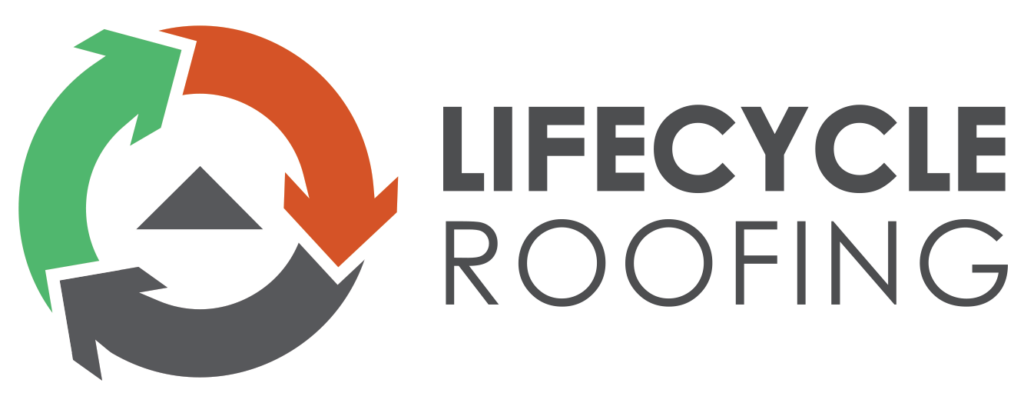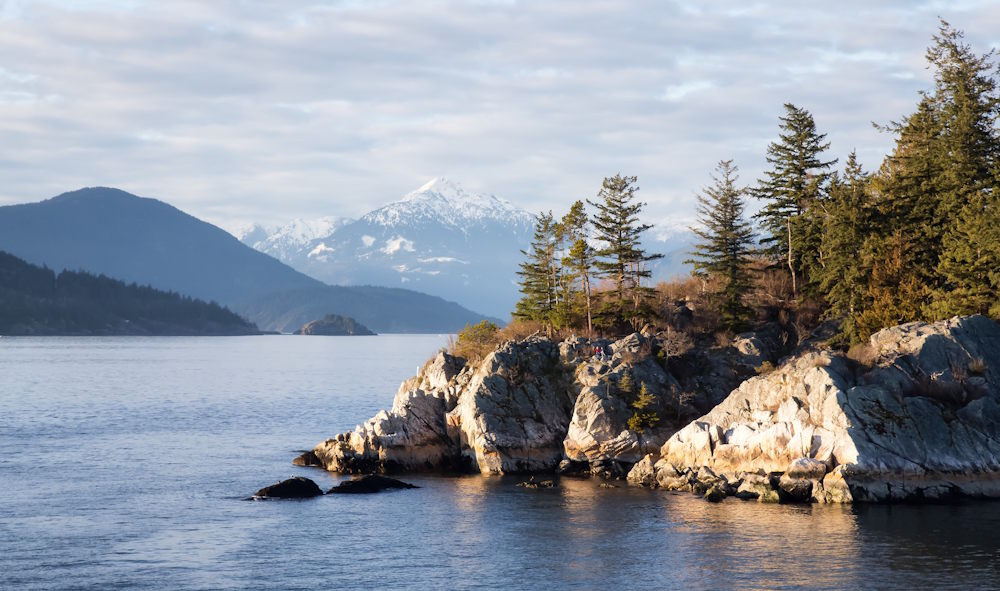In places like Southern California, roofers are free to work without hardly a thought of the weather. While the hot, sunny climate is exhausting to work under, the very little precipitation is ideal for the installation and lifespan of roofs, provided lighter coloured materials are used.
Vancouver Island is a different story. Here, roofers deal with all kinds of elements during most months of the year. Plus, the weather exposes risks for damage well after the roof has been replaced.
In this article, we’re highlighting the unique challenges of roofing on Vancouver Island, along with recommendations for maintenance, materials, and the design of your roof.
Precipitation
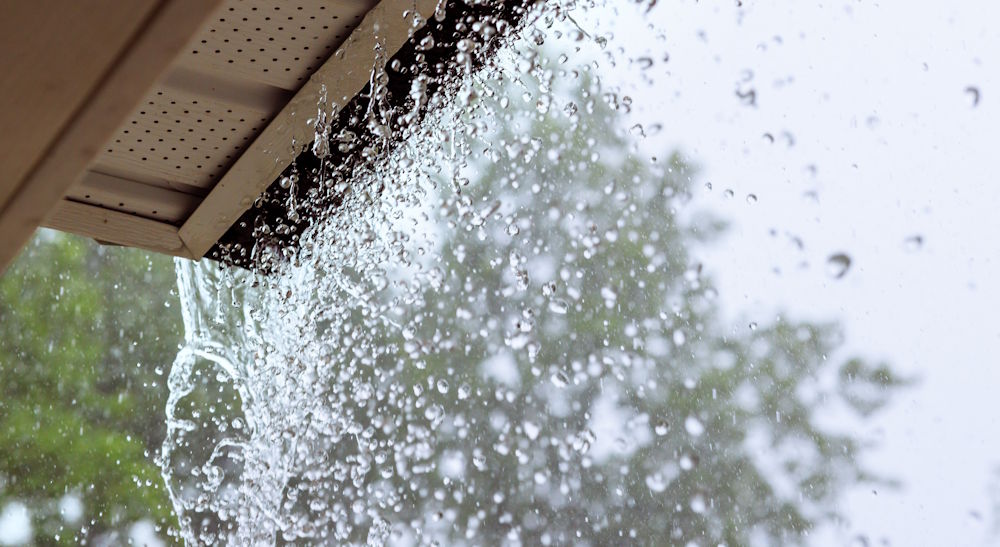
Precipitation – or moisture, is the catalyst for the growth of moss, algae, mold and mildew. Without rain or snowfall, it’s difficult for this stuff to grow and cause damage. And here on Vancouver Island, we’ve got no shortage of moisture. While snowfall is relatively minimal compared with other parts of Canada, some parts of the Island receive over 100 inches of rainfall every year. Victoria is drier, averaging 25 inches per year, but nearby Sooke expects more than double that each year. Head over to Port Renfrew, and you’ll easily see 100 inches per year.
Rainfall can be detrimental for a few reasons. It all starts during installation, where rain can slow or halt the process altogether. Wet surfaces make it tough for materials to adhere to each other, which can create buckling and rippling. Rain is also not a nice match with wood, causing it to swell or decay. Finally, the rain presents a real safety hazard to the roofers – slippery surfaces are not ideal when you’re high off the ground!
High Winds

The average hourly wind speed in Victoria ranges from 8.6 to 10.5 km/h. While that isn’t much, the highs get extremely windy. Due to the presence of nearby mountain ranges and our location next to the Pacific Ocean, prevailing westerly winds can really get going with the highest speeds recorded in March, April and May.
Excessive wind is a risk to roofs because they create pressure differences. This varying pressure can lift and damage roofing materials like shingles. Wind uplift, which occurs when the pressure above the roof is lower than below, is especially good at lifting and even detaching shingles. High winds can also cause the roof deck to detach from the supporting structure and weaken fasteners and adhesives.
If your roof has been exposed to damage or has seen its fair share of wear and tear, excessive rainfall will lead to water buildup, leaks, and uninvited growth of algae, moss, mold and mildew.
Moss
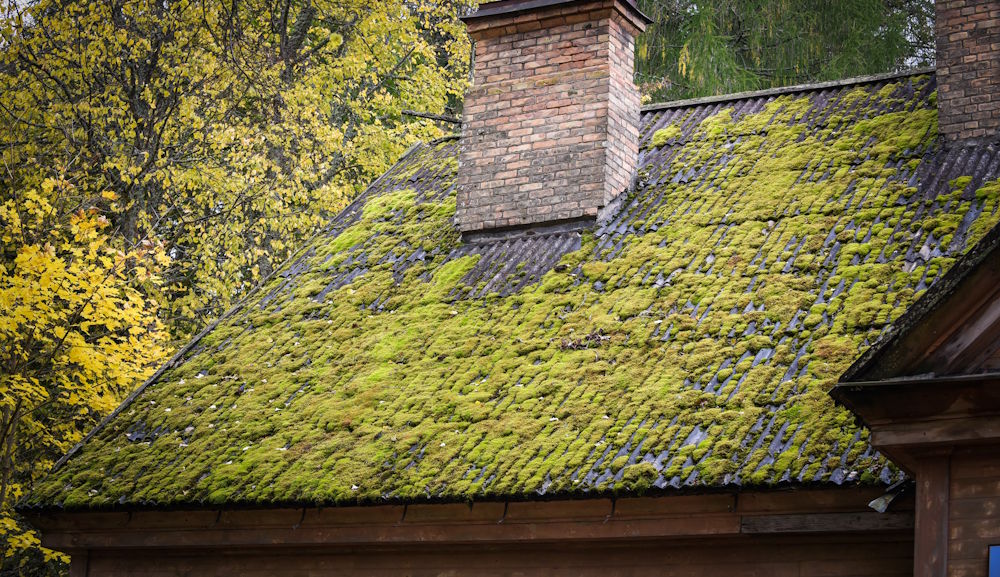
Moss is a fuzzy, non-flowering green plant that grows in dense green clumps. Without roots, stems, and leaves like most plants, moss relies on its extreme ability to absorb water.
Out in the wild, moss has been playing the vital role of soil erosion control, nutrient cycling and water retention for hundreds of millions of years. But on your roof, not so much.
Instead, moss goes along absorbing water which leads to leaks, rot, and even structural issues in extreme cases. Aside from the issue of water damage, moss can also get very heavy, which is not ideal for the roof.
Moss grows and spreads with only two requirements – moisture and shade. With an average of 300cm of rainfall in Victoria (one of the dryest parts of the Island), the moisture is easy to find. So the real risk can be determined by examining how much shade your home gets.
Algae
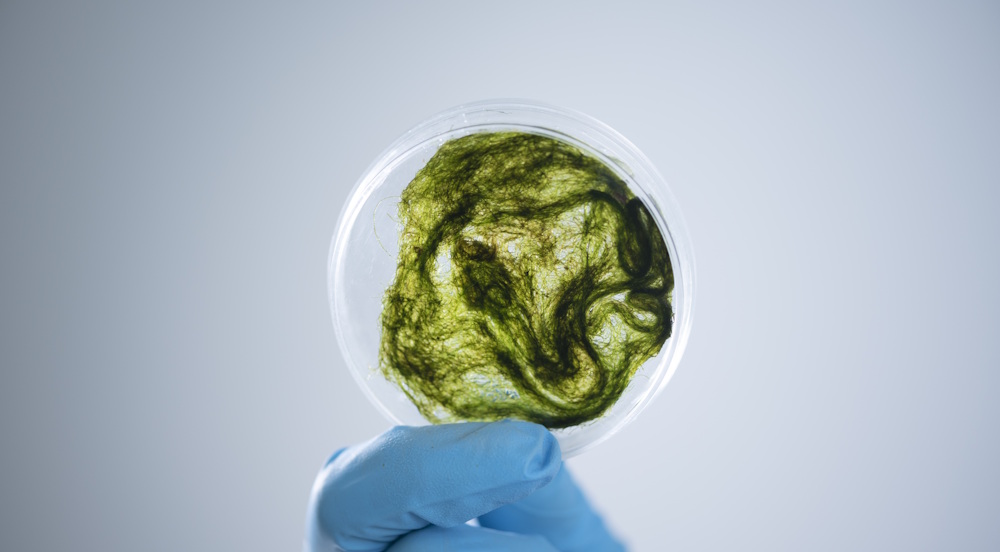
Algae is similar to moss in that is has no roots, stems or leaves, but algae is considered a water plant first while moss is definitely a land plant. Algae is commonly found in oceans, lakes, rivers, and even aquariums, but there are many different types. For example, water plants like seaweed and kelp are actually just large, multicellular algae.
Why should I worry about a water plant on my roof? Just like moss, algae thrives in the presence of moisture and shade. And in coastal climates like Vancouver Island, the rainfall, moisture and humidity is sufficient for algae growth – provided there is enough shade. As debris like leaves, sticks, and other plant matter accumulates on your roof, the only helps algae grow more.
Similar to moss, algae has the ability to create leaks in roofs. While it doesn’t absorb quite as much water and grow as heavy as moss, algae causes some pretty ugly discolouration to roof materials. Algae will also feed on asphalt shingles, breaking down the granules and accelerating wear and tear.
Mold & Mildew
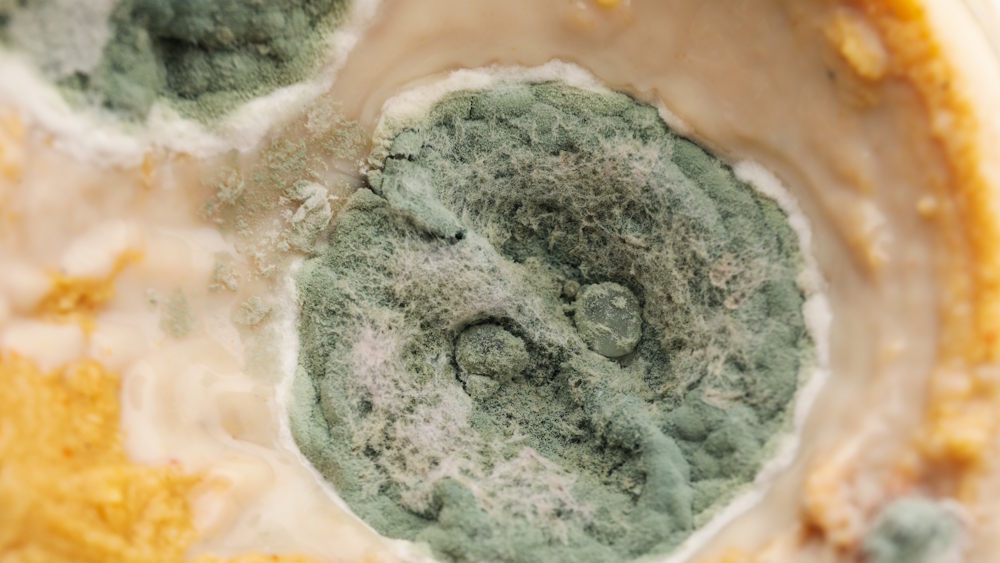
Mold is a dust-like substance that certain fungi can form. Mold comes in a range of colours and is well-known for turning old fruit different shades of white and green. Mildew is a type of mold that appears powdery white or gray and thrives in moist environments with the ability to damage all kinds of plants, fabrics, and wood.
Over time, mold and mildew can wreak havoc on your roof as well. The structure is at risk because mold and mildew will cause materials like wood to rot and weaken. Even shingles and tiles will become degraded over time. Once the roof is weakened enough, moisture is welcomed underneath and inside.
Mold and mildew grow on roofs in scenarios where there’s moisture, poor ventilation, shade, and accumulation of other debris. Sunlight and ventilation kill the opportunity of mold and mildew to grow and spread.
Considerations for Roofing on Vancouver Island
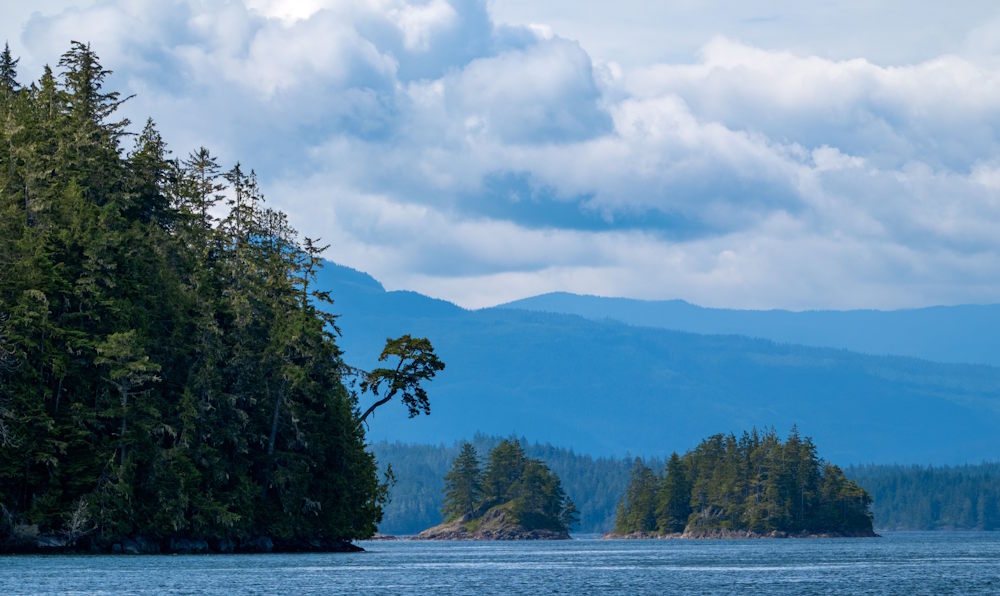
- Regular maintenance is key. Your best strategy for defending against the elements while preventing leaks and growth is to maintain your roof. At least twice per year, enlist a roof maintenance company like Lifecycle Roofing to remove debris and moss and inspect flashing, penetrations, roof vents, skylights, and blisters.
- Use durable materials. Metal roofing is a great option for protecting against wind and rain, as is slate. Asphalt shingles aren’t quite as durable but are far more cost-effective.
- Ensure proper ventilation. Intake and exhaust vents help prevent moisture buildup along with the growth of mold and mildew.
- Consider the roof design. The slope of a roof slope can determine how well it deals with water and wind.
Lifecycle Roofing is dedicated to assisting homeowners, property managers, and facility managers on this wet and windy west coast. We offer roof maintenance, restoration, and replacement services for a range of materials and building types.
Contact us for a free roof assessment.
